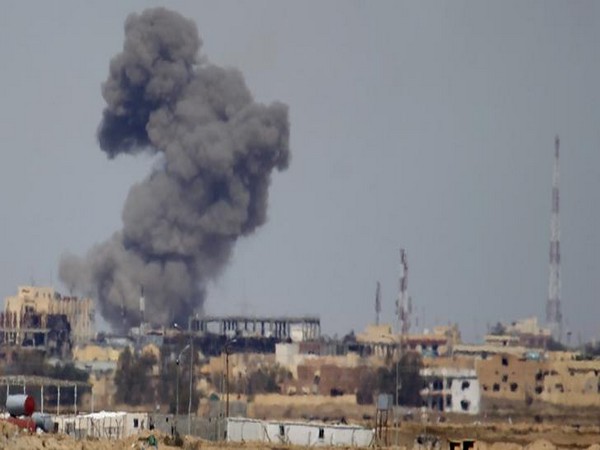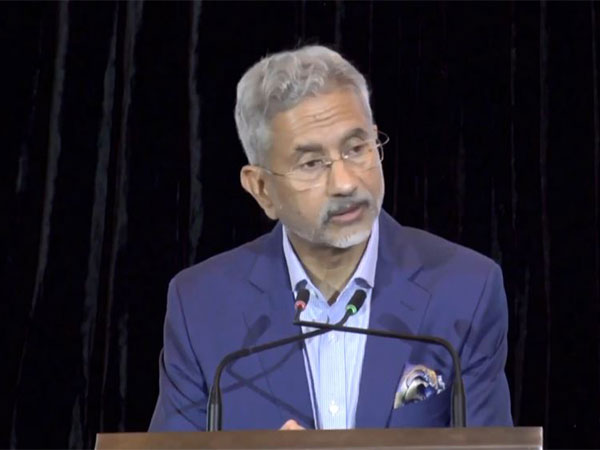
Deadly U.S. strike in Kabul missed evidence of child present, investigation finds

WASHINGTON (Reuters) – An August U.S. drone strike in Kabul that killed 10 civilians was not caused by criminal negligence but by a series of errors, including not noticing a child minutes before the strike took place, an investigation by a military inspector general found on Wednesday.
The Aug. 29 strike killed 10 civilians, including seven children, in an incident the military previously called a “tragic mistake.” Initially, the Pentagon had said the strike targeted an Islamic State suicide bomber who posed an imminent threat to U.S.-led troops at the airport as they completed the last stages of their withdrawal from Afghanistan.
The strike came days after an Islamic State suicide bomber killed 13 U.S. troops and scores of Afghan civilians who had crowded outside the airport gates, desperate to secure seats on evacuation flights, after U.S.-trained Afghan forces melted away and the Taliban swept to power in the capital.
An investigation by the Air Force inspector general said the strike was caused by execution errors, interpreting information that supported certain viewpoints, and communication breakdowns. “It’s a regrettable mistake. It’s an honest mistake,” Lieutenant General Sami Said, the Air Force inspector general, told reporters.
Said that when he reviewed data and video footage, he found evidence of one child nearby about two minutes before the trigger was pulled on the drone strike. But he added he noticed the presence of the child as he looked at the video well after the incident and that it would have been easy to miss at the time.
Said did not recommend disciplinary action but said it would be up to commanders to make a decision on what, if any, accountability action should be taken. Steven Kwon, co-founder and president of Nutrition and Education International, which employed one of the victims, said the investigation was “deeply disappointing and inadequate.”
“According to the Inspector General, there was a mistake but no one acted wrongly, and I’m left wondering, how can that be?” Kwon said in a statement.

















POST COMMENTS (0)